Archives
- 2025-11
- 2025-10
- 2025-09
- 2025-03
- 2025-02
- 2025-01
- 2024-12
- 2024-11
- 2024-10
- 2024-09
- 2024-08
- 2024-07
- 2024-06
- 2024-05
- 2024-04
- 2024-03
- 2024-02
- 2024-01
- 2023-12
- 2023-11
- 2023-10
- 2023-09
- 2023-08
- 2023-07
- 2023-06
- 2023-05
- 2023-04
- 2023-03
- 2023-02
- 2023-01
- 2022-12
- 2022-11
- 2022-10
- 2022-09
- 2022-08
- 2022-07
- 2022-06
- 2022-05
- 2022-04
- 2022-03
- 2022-02
- 2022-01
- 2021-12
- 2021-11
- 2021-10
- 2021-09
- 2021-08
- 2021-07
- 2021-06
- 2021-05
- 2021-04
- 2021-03
- 2021-02
- 2021-01
- 2020-12
- 2020-11
- 2020-10
- 2020-09
- 2020-08
- 2020-07
- 2020-06
- 2020-05
- 2020-04
- 2020-03
- 2020-02
- 2020-01
- 2019-12
- 2019-11
- 2019-10
- 2019-09
- 2019-08
- 2019-07
- 2019-06
- 2019-05
- 2019-04
- 2018-11
- 2018-10
- 2018-07
-
Several dehidropregnenolone derivatives functionalized at C
2023-07-16

Several 16-dehidropregnenolone derivatives functionalized at C3, C4, C5 and C6 (Fig. 7) were prepared and evaluated as 5α-reductase inhibitors bearing in mind that after the formation of an enzyme-steroid complex a nucleophilic portion of the enzyme attacks the double bond of the steroid through Mic
-
br Acknowledgement This work was
2023-07-16
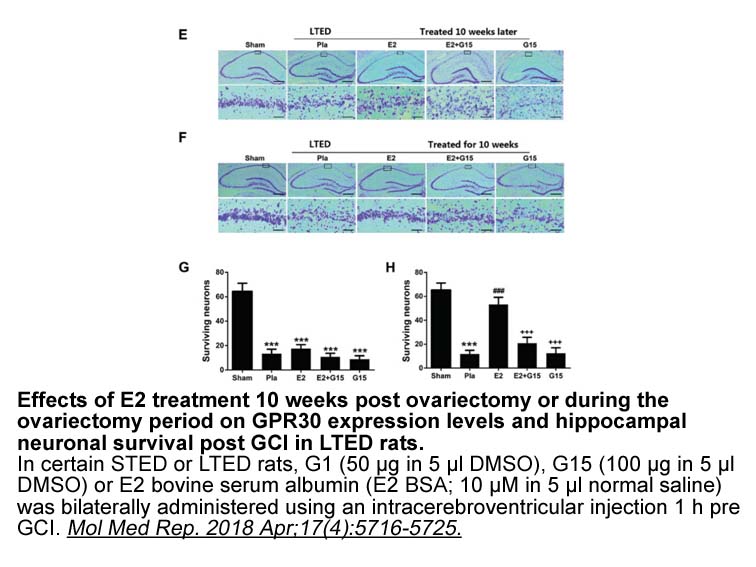
Acknowledgement This work was funded by NIH/NINDS grant number NS080967 to C. Waites. Introduction Macro-autophagy also called autophagy is a conserved pathway for the lysosomal degradation and recycling of intracellular materials. It is instrumental for the homeostasis of cells and tissues a
-
There are in contrast many
2023-07-16

There are in contrast many studies demonstrating that sex steroids modulate itsa mg processing of stimuli related to reproduction and this correlates with the observation that steroid receptors and aromatase are expressed in many brain nuclei that are part of the olfactory, visual and auditory path
-
MK-3207 HCl Thalidomide is now a well known
2023-07-15
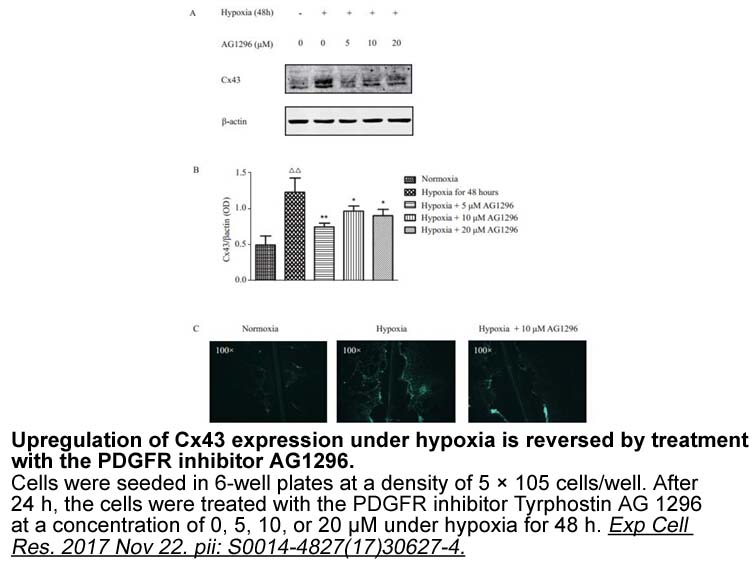
Thalidomide is now a well known antiangiogenic agent. This property of thalidomide is being extensively researched upon, for its significant utility in the treatment of various malignant tumors. Studies show that thalidomide efficaciously inhibits various pro-angiogenic factors such as tumor necrosi
-
Evidence from basic science studies
2023-07-15

Evidence from basic science studies suggests that Cd may play a role in prostate cancer through disruption of the androgen receptor (AR). AR, a hormone-activated transcription factor, is the key driver of prostate cancer progression [6]. Ironically, the AR is also required for normal prostate growth
-
Recent studies suggest that A caused synapse damage as
2023-07-15
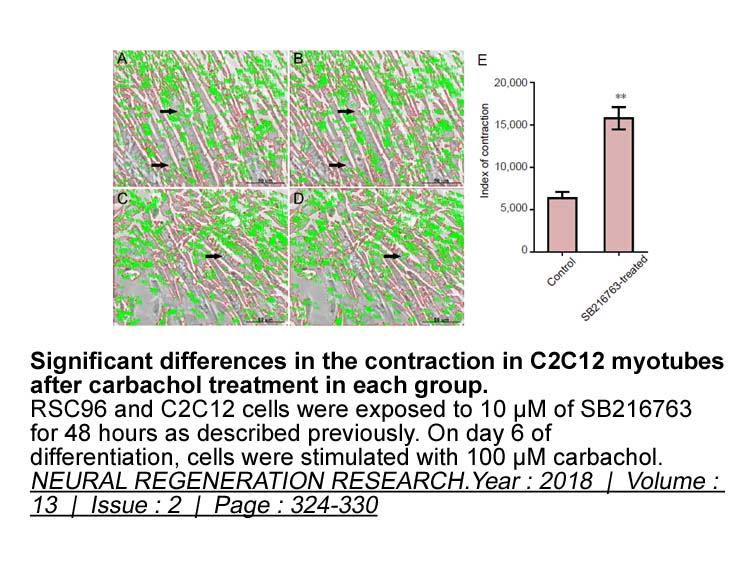
Recent studies suggest that Aβ caused synapse damage as a consequence of aberrant cell signalling. As synthetic Aβ42 monomers activate the phosphatidylinositol-3-kinase pathway (Giuffrida et al., 2009) and insulin signalling (Giuffrida et al., 2012) it is possible that Aβ monomers and Aβ oligomers a
-
Analysis of the crystal structures of LAPs from E
2023-07-15
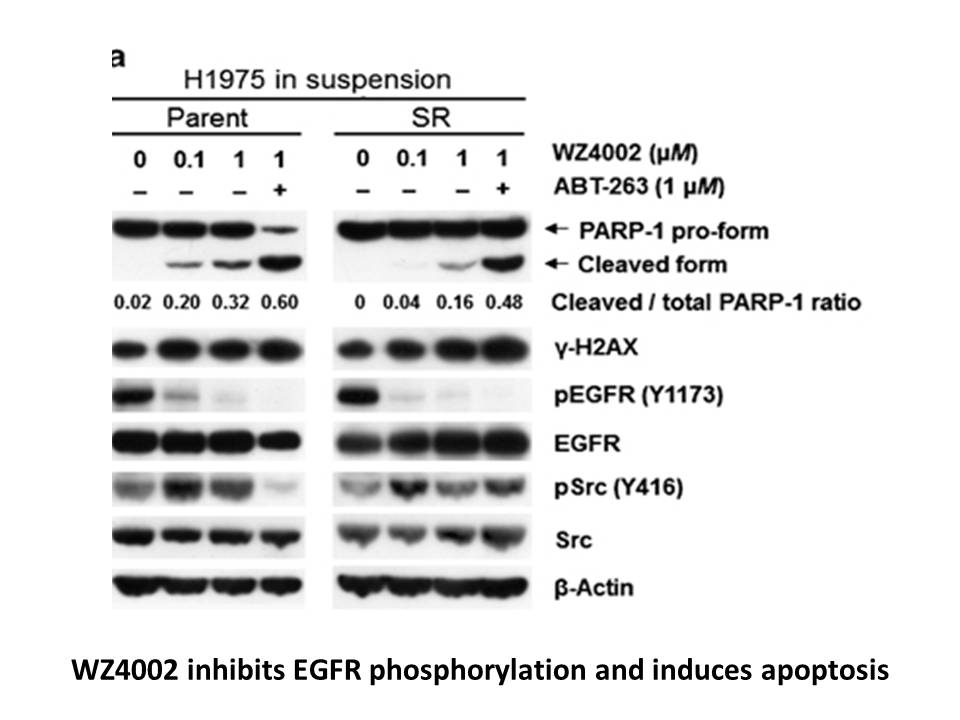
Analysis of the crystal structures of LAPs from E. coli[29], bovine eye lens [30], Pseudomonas putida[27], tomato [31] and P. falciparum[32] revealed that the monomer of M17-family LAP is composed of two domains: the smaller, variable N-terminal domain and the larger, conserved C-terminal domain tha
-
br Introduction Alcohol i e ethanol is absorbed into the
2023-07-15

Introduction Alcohol, i.e., ethanol, is absorbed into the blood from the stomach to the small intestine, then distributed throughout the body. The metabolism of alcohol converting to acetic VU 0155069 basically involves two enzymes; alcohol dehydrogenase converting ethanol to acetaldehyde and al
-
The AHR potentially enhances IDO expression possibly via cro
2023-07-15

The AHR potentially enhances IDO-expression, possibly via crosstalk with several inflammatory signaling pathways (shown by now for IL6 and ‘signal transducer and activator of transcription’ (STAT) 3, and for NFκB, toll like receptor-pathways) [56,59,60]. IDO metabolizes Trp to kynurenines, which are
-
br Mechanisms for regulation of intracellular cholesterol ho
2023-07-15
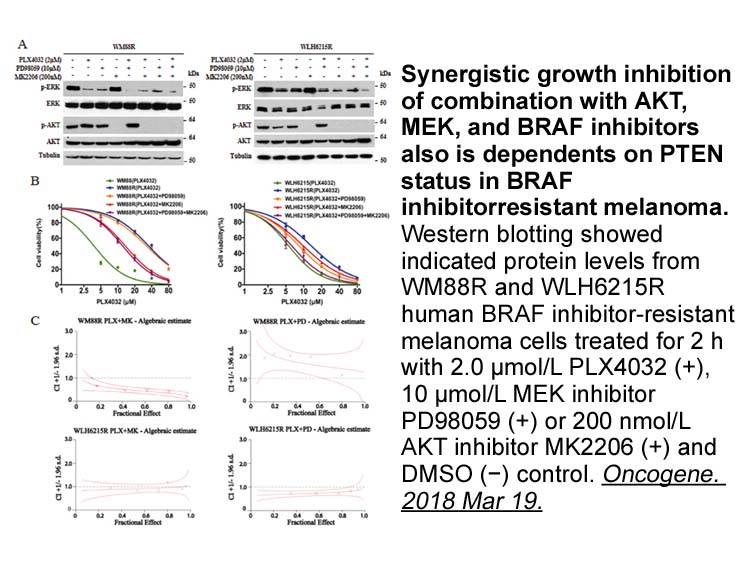
Mechanisms for regulation of intracellular cholesterol homeostasis Cells maintain intracellular free cholesterol levels and distribution within stringent tolerances by several mechanisms [55]: (1) uptake of native LDL (the major extracellular carrier of cholesterol) by LDL receptors and modified
-
We have expressed the ECDs of the human and AChR
2023-07-15
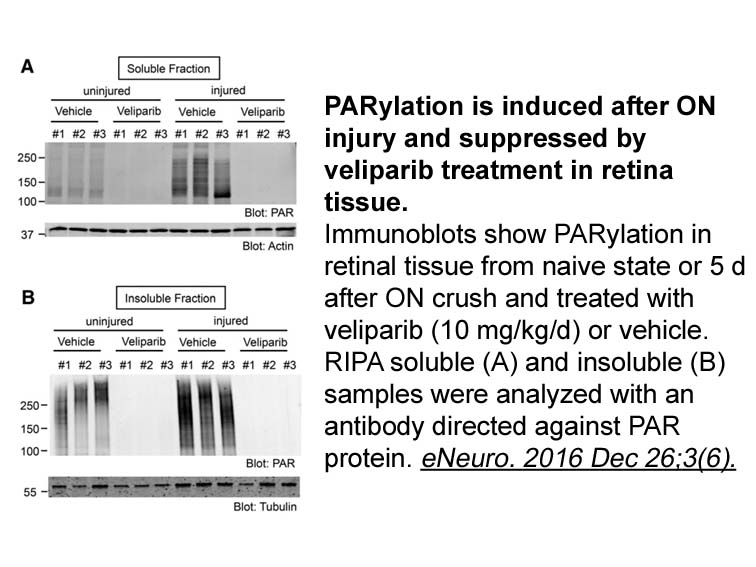
We have expressed the ECDs of the human α1, β1, γ and ɛ AChR subunits in the past using the methylotropic yeast Pichia pastoris as soluble glycosylated proteins [15], [16]. Further work with the γ subunit ECD revealed a marked improvement of the solubility and yield following the mutation of hydroph
-
The sequence of our reconstructed Anc is inferred
2023-07-15

The sequence of our reconstructed βAnc is inferred based on probabilities, and the estimated probability of inferring the actual ancestral sequence is the product of the posterior probabilities for each site within the reconstructed sequence. Although the posterior probabilities (PP) for the majorit
-
A variety of quinazoline or fused pyrimidine substituted dia
2023-07-15
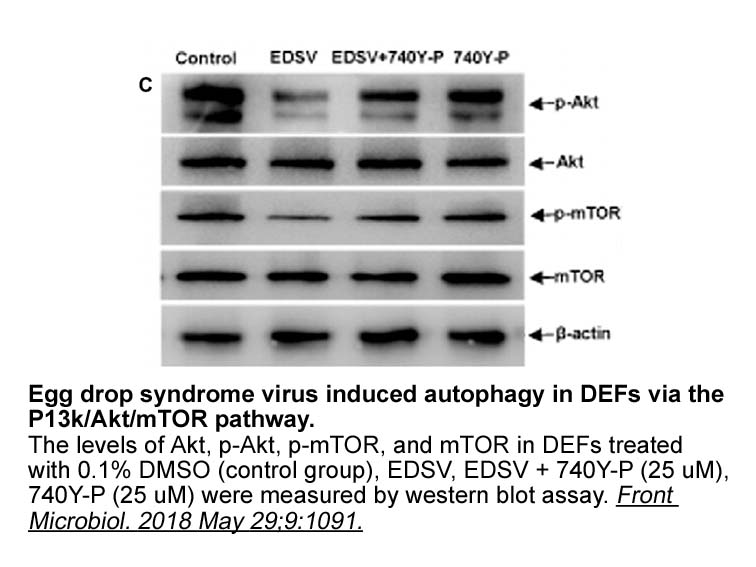
A variety of quinazoline or fused pyrimidine-substituted diaminotriazoles showed sub-100nM inhibition of Axl (). Diaminotriazoles similarly substituted with quinolines, isoquinolines and benzothiazoles also showed potent Axl activity (data not shown), but generally exhibited potent cytotoxicity and
-
In conclusions MPE effects in causing lesser increase in vag
2023-07-15

In conclusions, MPE effects in causing lesser increase in vaginal fluid pH could partly restore the vaginal acidity in sex-steroid deficient state. MPE could exert its effect via enhancing both H+ generation as well as H+extrusion into the vaginal lumen. Although gallic Cy3 azide is the main constit
-
Introduction Lipoxygenases LOXs are key enzymes that catalyz
2023-07-15
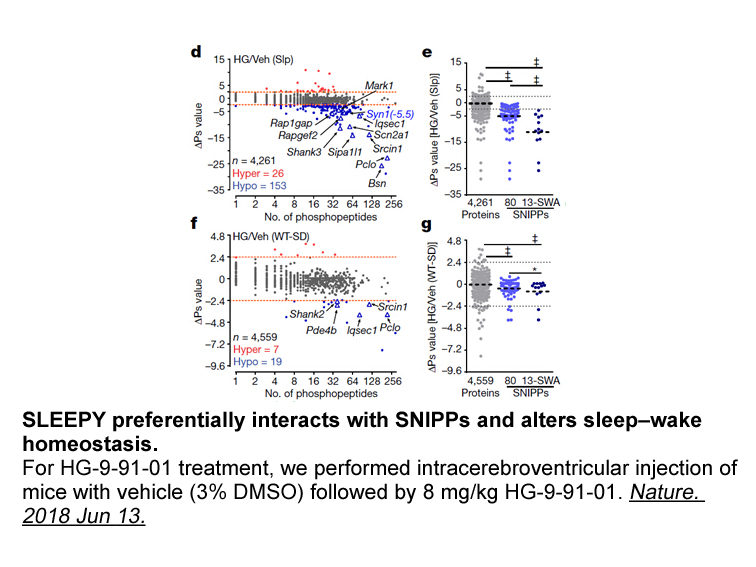
Introduction Lipoxygenases (LOXs) are key enzymes that catalyze the polyunsaturated fatty acids (PUFAs) such as arachidic 350 receptor (AA), linoleic acid (LA) and others unsaturated fatty acids (Brash, 1999). LOXs are expressed in immune, neural, epithelial, tumor cells and other cells (Claesson,
16486 records 334/1100 page Previous Next First page 上5页 331332333334335 下5页 Last page